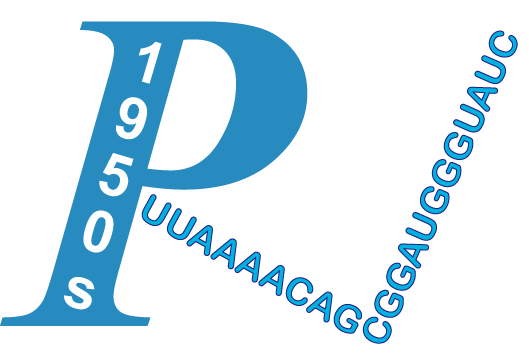| Title | Atomic structure of a rhinovirus C, a virus species linked to severe childhood asthma. | ||
| Author | Liu, Yue; Hill, Marchel G; Klose, Thomas; Chen, Zhenguo; Watters, Kelly; Bochkov, Yury A; Jiang, Wen; Palmenberg, Ann C; Rossmann, Michael G | ||
| Journal | Proc Natl Acad Sci U S A | Publication Year/Month | 2016-Aug |
| PMID | 27511920 | PMCID | PMC4987780 |
| Affiliation + expend | 1.Department of Biological Sciences, Purdue University, West Lafayette, IN 47907;;Institute for Molecular Virology, University of Wisconsin, Madison, WI 53706;;Department of Biological Sciences, Purdue University, West Lafayette, IN 47907;;Department of Biological Sciences, Purdue University, West Lafayette, IN 47907;;Institute for Molecular Virology, University of Wisconsin, Madison, WI 53706;;Department of Pediatrics, School of Medicine and Public Health, University of Wisconsin, Madison, WI 53706. | ||
Isolates of rhinovirus C (RV-C), a recently identified Enterovirus (EV) species, are the causative agents of severe respiratory infections among children and are linked to childhood asthma exacerbations. The RV-C have been refractory to structure determination because they are difficult to propagate in vitro. Here, we report the cryo-EM atomic structures of the full virion and native empty particle (NEP) of RV-C15a. The virus has 60 "fingers" on the virus outer surface that probably function as dominant immunogens. Because the NEPs also display these fingers, they may have utility as vaccine candidates. A sequence-conserved surface depression adjacent to each finger forms a likely binding site for the sialic acid on its receptor. The RV-C, unlike other EVs, are resistant to capsid-binding antiviral compounds because the hydrophobic pocket in VP1 is filled with multiple bulky residues. These results define potential molecular determinants for designing antiviral therapeutics and vaccines.
